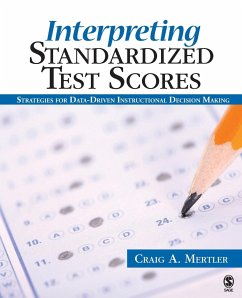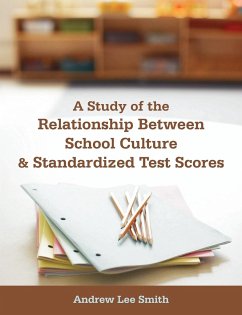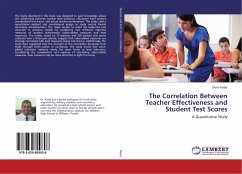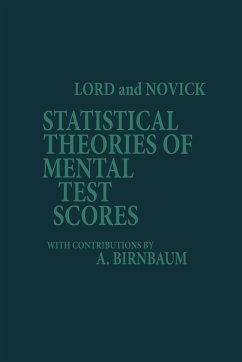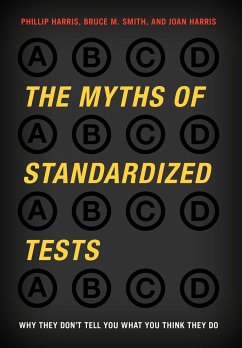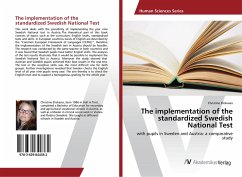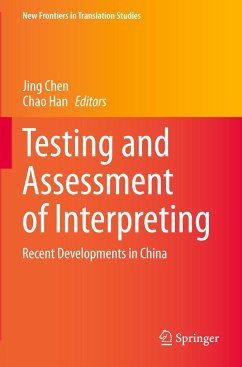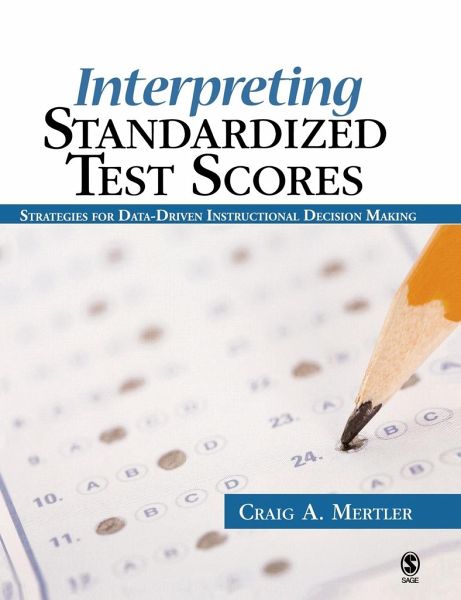
Interpreting Standardized Test Scores
Strategies for Data-Driven Instructional Decision Making

PAYBACK Punkte
74 °P sammeln!
The vast majority of educators-for whom scores resulting from standardized tests are so potentially vital and informative-have literally never received formal training regarding how to interpret these scores and, more importantly, how to use them to aid their instructional decision making. The basic purpose of this book is to provide teachers and administrators with a manual, of sorts, designed to help them understand the nature of standardized tests and, in particular, the scores that result from them. The definitive purpose of the book is to help them develop the skills necessary to incorpor...
The vast majority of educators-for whom scores resulting from standardized tests are so potentially vital and informative-have literally never received formal training regarding how to interpret these scores and, more importantly, how to use them to aid their instructional decision making. The basic purpose of this book is to provide teachers and administrators with a manual, of sorts, designed to help them understand the nature of standardized tests and, in particular, the scores that result from them. The definitive purpose of the book is to help them develop the skills necessary to incorporate these test scores into various types of instructional decision making (a process known as `data-driven decision making') as necessitated by the needs of their students. This title includes: - Numerous samples of printouts resulting from well-known standardized tests - Presentation and discussion of various process that can be used to incorporate standardized test results into instructional decision making - Several specific examples, using sample results of these well-known standardized tests and the processes, such as how a teacher would proceed through the process of using the test scores to aid in making decisions about future instruction - Case studies, consisting of interviews conducted by the author with district-level administrators, building administrators, and classroom teachers, all of whom have been engaged in a process of incorporating test scores into decision making for several years This book could serve as a supplement to any course that incorporates standardized testing as a topic, including but not limited to courses in classroom assessment, educational psychology, content methods, reading, special education, curriculum, literacy, administration, the principalship, and the superintendency.





